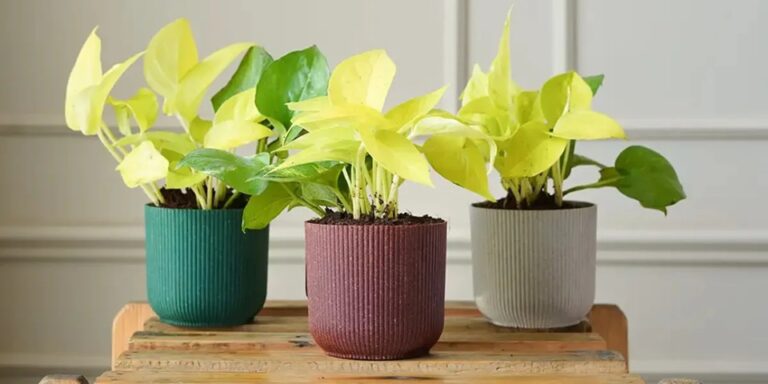As environmental awareness grows, homeowners are increasingly seeking ways to reduce their ecological footprint while maintaining stylish and functional living spaces. One practical approach gaining popularity is the use of compostable planters. These planters, made from biodegradable materials such as coconut coir, bamboo fiber, rice husk, or recycled paper, offer a sustainable alternative to traditional plastic pots. Many eco-conscious gardeners choose to buy wholesale pots when designing indoor and outdoor gardens, allowing them to create a green space without contributing to long-term plastic waste.
What Are Compostable Planters?
Compostable planters are containers designed to decompose naturally over time. Unlike plastic or ceramic pots that persist in landfills for decades, these planters break down into organic matter that can enrich soil. They provide an environmentally friendly option for home gardeners who want to grow flowers, herbs, or vegetables while minimizing harm to the planet. Additionally, many compostable planters are manufactured using renewable resources, further reducing the ecological impact.
Benefits of Using Compostable Planters at Home
· Environmental Impact
One of the primary benefits of compostable planters is their contribution to reducing plastic waste. As these planters biodegrade, they enrich the soil with essential nutrients, establishing a regenerative cycle that nurtures both flora and the surrounding ecosystem.
· Improved Plant Health
Compostable planters often allow for better aeration and water drainage compared to some plastic alternatives. This feature encourages healthier root development and can reduce the risk of overwatering, root rot, or stagnant soil conditions.
· Convenience for Transplanting
Many gardeners find that transplanting seedlings from compostable pots is simpler and less stressful for plants. Since the planter can be planted directly into the ground, the roots experience minimal disturbance, leading to better growth and higher survival rates.
Incorporating Compostable Planters into Home Décor
Homeowners looking to combine sustainability with style can use compostable planters in creative ways. Grouping planters of different heights and textures can create a visually appealing display in living rooms or entryways. Hanging planters made from biodegradable fibers offer a space-saving solution for urban apartments. Additionally, pairing natural-colored pots with greenery can enhance a minimalist or Scandinavian interior design, while vibrant planters can add a pop of color to any space.
Maintenance and Care Considerations
While compostable planters offer many benefits, they require careful handling to ensure longevity. Because these planters break down naturally, they may degrade faster when exposed to excessive moisture or extreme weather conditions. It is advisable to monitor watering carefully and, for outdoor use, place planters in areas with partial shade to extend their usability. Some gardeners line the bottom with small stones or a thin biodegradable mesh to improve drainage and durability.
A Practical Choice for Sustainable Living
Incorporating compostable planters into home gardening represents a meaningful step toward sustainable living. They provide environmental benefits, promote healthier plant growth, and offer versatile design options for interior and exterior spaces. For homeowners looking to create eco-friendly gardens on a larger scale, buy wholesale pots can be a practical approach to building a collection of biodegradable planters while maintaining an aesthetically pleasing home environment. By choosing compostable options, households can contribute to reducing plastic pollution and fostering a greener future.


Comments are closed.